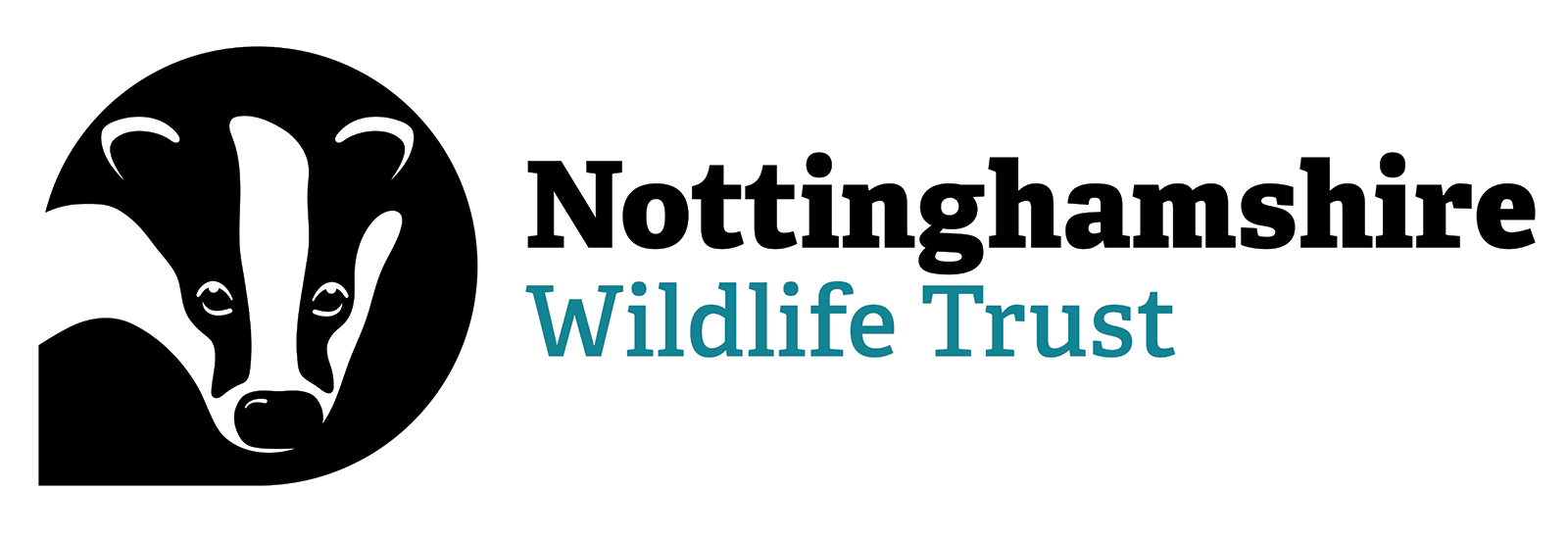Back in February 2024, dozens of projects designed to harness natural solutions including tree planting and the creation of wetland habitats to reduce flood risk were given the initial go ahead by the Government - including a scheme which will see Nottinghamshire Wildlife Trust work with partners including Nottinghamshire County Council, Derbyshire Wildlife Trust, Yorkshire Wildlife Trust and Nottingham Trent University to reduce flooding in the Shireoaks and Worksop area.
The ‘Saving Shireoaks & Worksop through NFM’ project has been funded by the Environment Agency as part of the £25 million Natural Flood Management Programme and will see £1.1million invested in nature-based solutions to increase flood resilience while providing wider benefits to the environment, nature and society.
Following the development of a detailed business and delivery plan, the Wildlife Trust team is now in place and working with partners and landowners to put the exciting plans into action.
The programme forms part of the Government’s commitment to increasing flood resilience across the country by investing in natural flood management (NFM) processes which either protect, restore, or in some cases mimic, natural functions within floodplains and river catchments, and along our coast, to slow the passage of water and store water away from sensitive areas. Funding was awarded as part of the largest package of government investment to date in natural flood management schemes – with applications being reviewed by the Environment Agency, Defra and Natural England.
Having long championed the NFM approach, Nottinghamshire Wildlife Trust is delighted that our proposal to work with farmers and other landowners has been backed – building on our local relationships and experience gained whilst acting as Catchment Hosts for the River Idle.
The Trust has appointed an experienced project team to deliver the programme – fresh from successfully delivering the charity’s largest ever river habitat restoration programme – which also included NFM features. The Trust now plans to work closely with local landowners to develop a range of features, including ponds, bunds, leaky barriers, wetland habitat, tree planting and the restoration of floodplain connections to help slow and store water along the catchment upstream of the River Ryton. This will help alleviate the risk of flooding in areas such as Shireoaks, Rhodesia and Worksop – which have been impacted by flooding in recent years.
